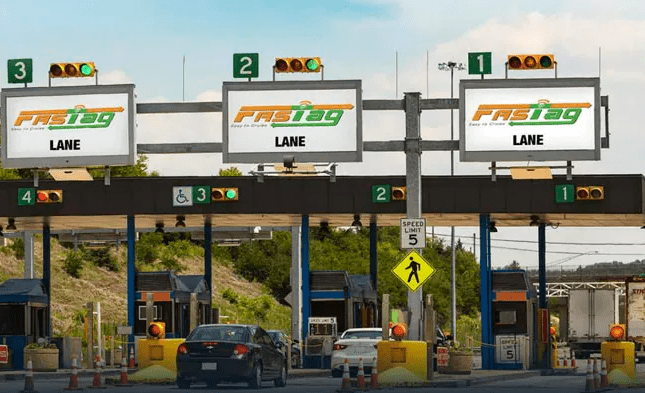Highway tolls have long been a source of revenue for infrastructure development, but beneath the surface lies a web of financial intricacies. Here are 15 lesser-known financial facts about highway tolls that shed light on the behind-the-scenes operations:
1. Public-Private Partnerships (PPPs): Many toll roads are developed through PPPs, where private companies invest in infrastructure projects and, in return, receive a share of toll revenues.
2. Variable Pricing Models: Toll rates often fluctuate based on factors such as time of day, traffic volume, and even vehicle type. This dynamic pricing strategy aims to manage congestion and maximize revenue.
3. Electronic Toll Collection (ETC) Systems: ETC not only streamlines traffic flow but also significantly reduces operational costs for toll collection agencies, leading to increased overall revenue.
4. Tolling Technology Innovation: Advancements in technology, including RFID tags and license plate recognition, have enhanced toll collection efficiency, minimizing revenue leakage.
5. Toll Enforcement Tactics: Agencies employ various strategies, such as fines and penalties, to ensure toll violators contribute their fair share, adding an extra layer to toll revenue streams.
6. Bond Financing: Toll projects often rely on bond financing, allowing agencies to raise capital upfront with the promise of repaying investors through future toll revenues.
7. Toll Revenue Allocation: Contrary to popular belief, toll revenue isn’t solely allocated for road maintenance. It often supports broader transportation initiatives, including public transit and alternative infrastructure projects.
8. Economic Impact Studies: Highway tolls can stimulate economic development in surrounding areas, influencing property values and attracting businesses, creating a positive feedback loop.
9. Tolling as Traffic Management Tool: Beyond revenue generation, tolls are strategically used to control traffic flow, promoting a more efficient use of roadways during peak hours.
10. Congestion Pricing: Some cities implement congestion pricing, charging higher tolls during busy periods. The revenue generated is typically reinvested in public transportation or other congestion-alleviating projects.
11. Toll Booth Labor Costs: With the shift towards ETC systems, traditional toll booths are becoming obsolete, leading to workforce changes and potential cost savings.
12. Toll Discounts and Loyalty Programs: To encourage regular users, some toll systems offer discounts or loyalty programs, providing financial incentives for frequent travelers.
13. Environmental Impact Fees: In an effort to offset environmental effects, some toll projects incorporate fees that contribute to environmental conservation or green initiatives.
14. Interstate Tolling Agreements: Interstate tolling agreements between states contribute to funding major cross-state infrastructure projects, facilitating collaboration for shared benefits.
15. Toll Revenue Forecasting Challenges: Accurately predicting toll revenue can be challenging due to external factors such as economic downturns, unexpected events, and changes in travel behavior.
Understanding these financial intricacies unveils the complexity of toll systems, showcasing the balance between generating revenue and serving the broader interests of transportation and infrastructure development.















